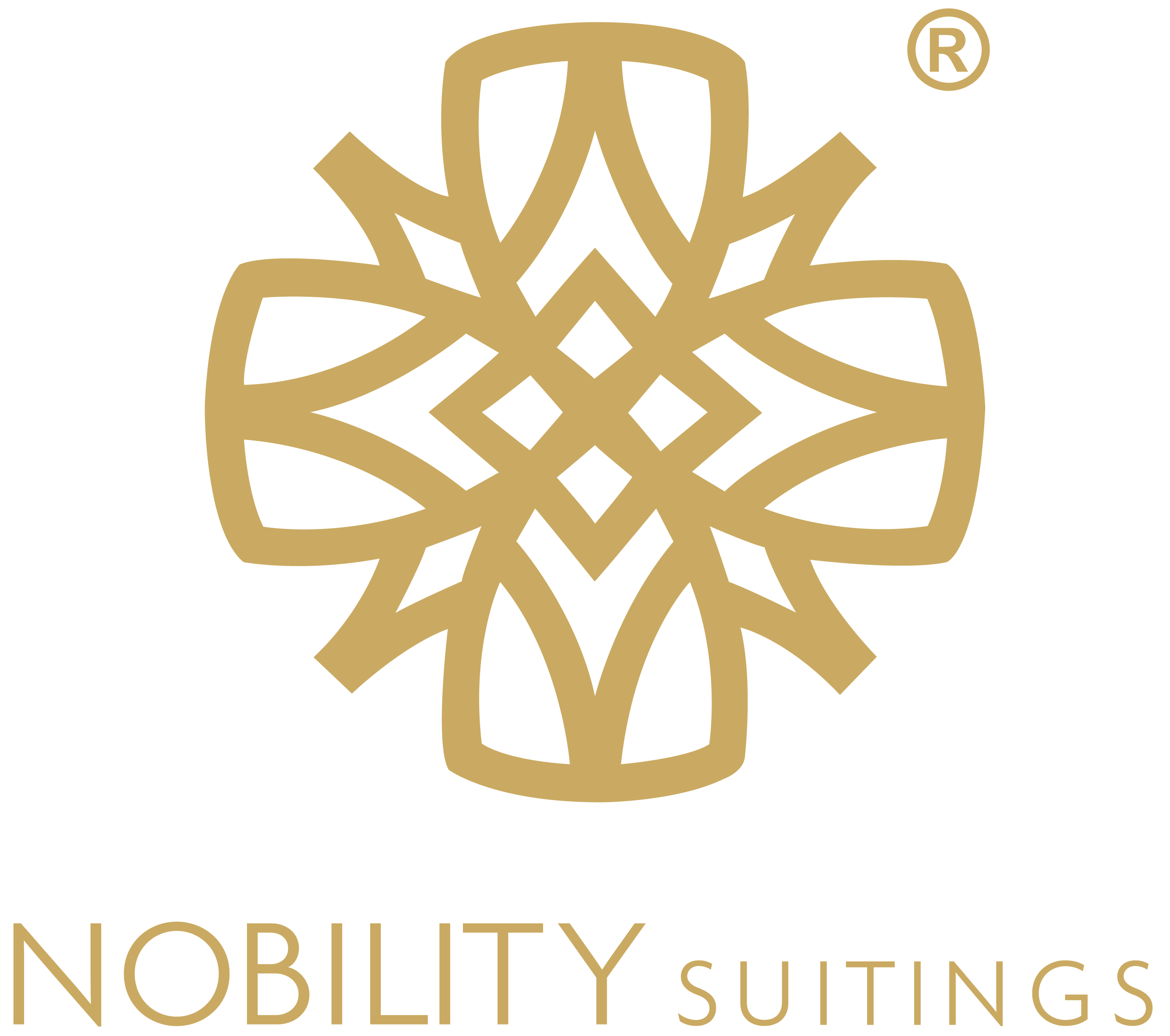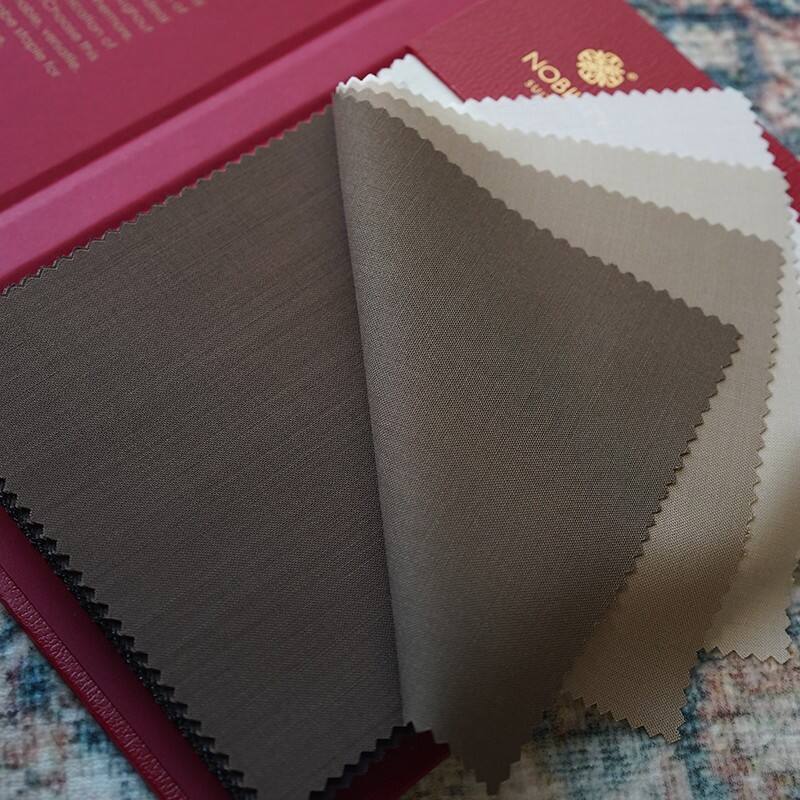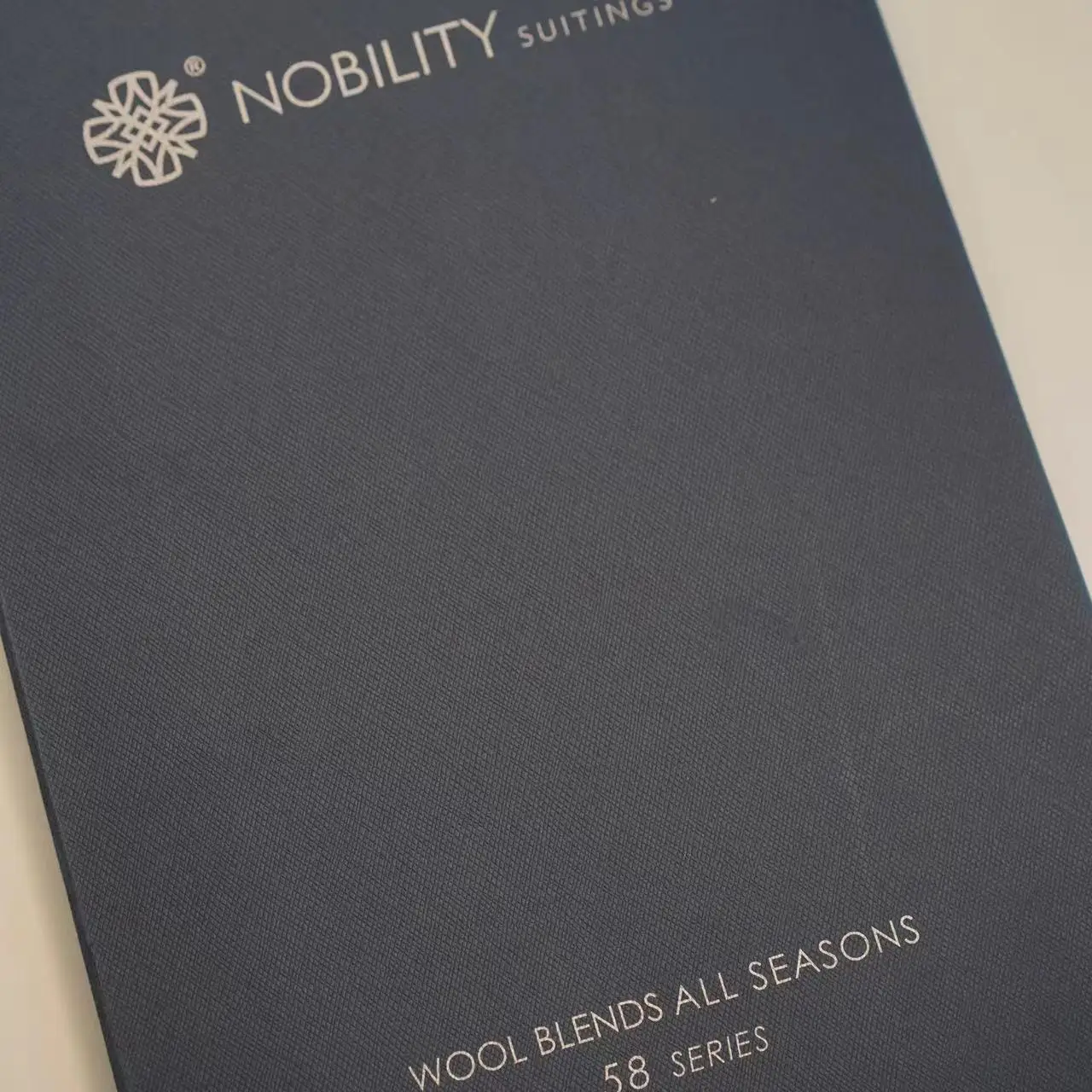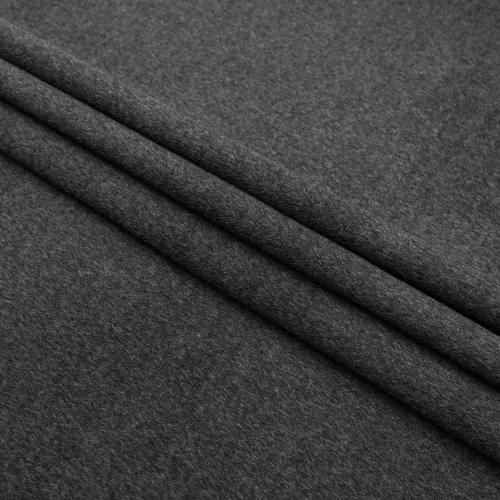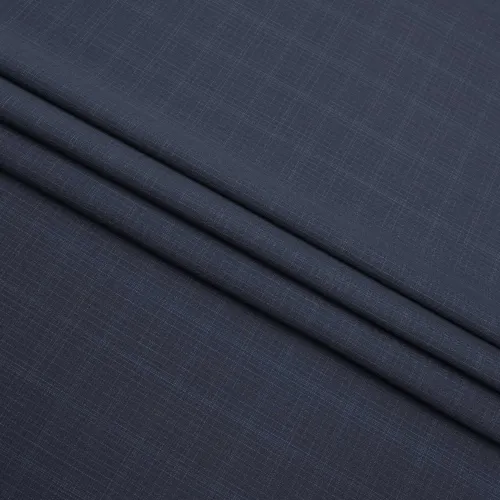fabric cutting length
Fabric cutting length is a crucial measurement and control system in textile manufacturing that ensures precise and consistent fabric dimensions during production processes. This sophisticated technology combines mechanical precision with digital control systems to achieve accurate measurements for various fabric types and applications. The system utilizes advanced sensors and calibrated measuring devices to monitor and maintain specific length requirements while considering factors such as material stretch, tension, and composition. Modern fabric cutting length systems incorporate automated features that enable real-time adjustments, minimize waste, and maintain quality standards across different production runs. These systems are essential in industries ranging from fashion and apparel to industrial textiles, where precise measurements directly impact product quality and manufacturing efficiency. The technology also includes safety features and quality control mechanisms that prevent common cutting errors and ensure consistent results. Integration with computer-aided design (CAD) systems allows for precise programming of cutting specifications, while smart sensors continuously monitor the cutting process to maintain accuracy. This comprehensive approach to fabric length management has revolutionized textile production by reducing manual intervention, increasing productivity, and ensuring superior product consistency.
